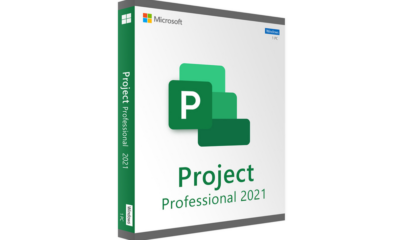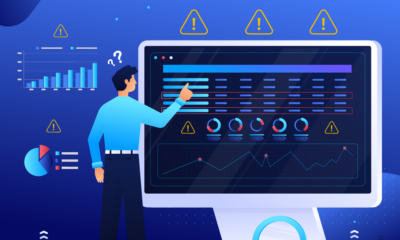PPC
Tips For Successful PPC Analytics Projects
Goals
A clear goal will help guide a project in so many ways. It will also give you a clear definition of what success is, and should be your north star as you start planning and executing a project.
In addition to planning for a big project, when you find yourself getting lost in the weeds, go back to your goal. A good question to ask yourself is: how is this helping us reach the end goal for this project?
What makes a good goal, you ask? Remember the SMART acronym – specific, measurable, attainable, relevant, time-based.
Examples:
This project will result in a new analysis tool by March 1st that will save account managers approximately 2 hours each week.
This project will result in a new data storage solution allowing for time savings related to monthly reporting, as well as additional future tools and analysis opportunities. By 2021 we will have all of our client and internal data uploaded.
Cost
Unfortunately, life isn’t free. If you need additional resources, you’ll need to budget for them. If it’s software that you need, be mindful of how much data you have, and how many users/logins you need.
If you are proposing something that requires additional cost, have a plan to demonstrate how this project is adding value, whether it’s cost savings, revenue generation, or time allocation.
Examples:
This project will cost $500/month for data storage but will allow us to cancel our subscription to XYZ software, saving $800 a month.
This project will have an upfront cost of $1200 but will automate reporting and forecasting tasks, allowing Account Managers to spend their time optimizing their accounts
Timeline
This aspect of project planning can be tricky, as unforeseen roadblocks can and do happen (sometimes frequently… *sob*). For data projects, I like to think of timing in the following phases:
- Research
- Set-Up
- Testing
- Debugging
- Rollout
Estimates are definitely okay here, just try to allocate time among the blocks as closely as you can. For example – I allocate quite a bit of time to research, set-up, and debugging.
Scope
“Scope” refers to how many people will be involved, and how many people will be impacted by the project. Generally, the larger the scope, the more planning is needed and the overall timeline will be a bit slower.
Determining the scope is important for a few reasons. The first being that you need to know how many people you need to be working on it (taking time and energy away from other potential projects). Secondly, you need to be thinking about who will be impacted and why, and how you will communicate that to your stakeholders (covered below).
Stakeholders
Buy-in is a critical part of a successful initiative, and the beginning step is determining who your key stakeholders are.
What is a key stakeholder, and how do I figure out who they are? I think of stakeholders as anyone who will be using the final product, or anyone who is approving resources/budget/etc. for the project. It’s important to clearly outline the goal, scope, timeline, and what you need from your stakeholders early on in the process.
Data Requirements
Solid planning around the data you are using will help you avoid future headaches. Better to find out that you need to restructure your data while you are in the planning stage, rather than midway through trying to write code (this definitely hasn’t happened to me before..?)
- What information do you need
- Who owns that information
- Where is it stored
- How is it structured
If significant changes to your data structure and storage are required, make sure you set aside enough time in the “set up” phase of your timeline.
Communication Tips
One thing I have learned over the years (and many, many projects) is that communication is arguably the most important skill to develop for successful work. If you have a solid idea but aren’t able to communicate the value, your project might be dead in the water.
Remember those roadblocks I mentioned before? In my experience, communication is the fix for most of those. The more complicated the project, the more stakeholders, the better the flow of communication needs to be.
- Be Clear (try not to write a novel)
- Set Expectations
- Include Deadlines
- Provide Status Updates Along the Way
These tips are applicable for communicating your ideas and plan, but are also very useful when asking others to take some action that you need. (For tips on communication with clients, check out The Art of Client Communication). I like to format these requests with the ask, the deadline, and the why. Here’s an example:
“Action Required: I need Bob to update columns A and B on this spreadsheet (link here)
When: by 5 pm on Thursday, Jan. 30th.
Why: These numbers are instrumental in getting the new dashboard project up and running on time. If you cannot meet this deadline, please let me know and we will come up with an alternative.”


















